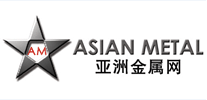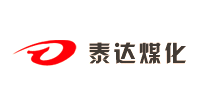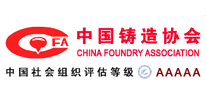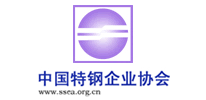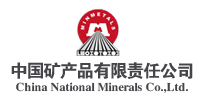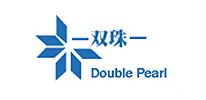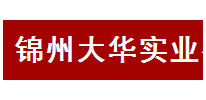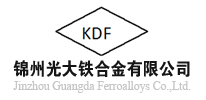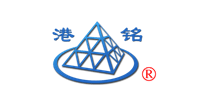Host
Sponsor
Support Unit
- Overview
- Asian Metal is going to hold "7th Ferroalloys Summit" on Oct. 21-23, 2013 in Sanya. We will provide an effective platform for producers, traders and end users of ferroalloys to discuss the below problems and exchange ideas.
- Leading International experts, scholars from relevant sectors and decision-making official of government will be invited to the summit to discuss the topics of “Economy development strategy in the coming five years in China; market progress for ferroalloys both at home and abroad; market trend for raw materials and downstream products. The conference will be one of the largest and most extensive in 2013.
- Molybdenum: The oversupply of molybdenum has dominated the market for a long time, and new molybdenum projects are still getting on-line, so the outlook for molybdenum market could be as gloomy and unpredictable in the future. In March 2012, the United States, European Union and Japan filed trade complaints with the WTO over China’s export of rare earth, tungsten and molybdenum, and it spotlighted the adjustment of Chinese molybdenum industry globally, so will Chinese government adjust the export policies for molybdenum? If it does, how can they influence the market? When will the end-users increase the purchase volume for molybdenum products and what’s the effect in a long term? Will there be any new applications for molybdenum? How do the molybdenum enterprises adjust the strategies to get out of the dilemma?
- Ferrosilicon: Demand for ferrosilicon from downstream industries of steel mills and magnesium plants and allied sectors continued to decline and impacted by still slow recovery in global economic growth in 2013. Although the government released some relative policies to stimulate the industry, no obvious improvement is seen in the market. In addition, the problems, such as high export tariff of 25% in China, chaotic smuggling, slow growth of American economy, US Dollar depreciation, the European debt crisis , and slow demand from overseas consumers among others, all made Chinese ferrosilicon export weaker. Facing so much difficulty, how does Chinese ferrosilicon industry step up? Should Chinese ferrosilicon producers keep current production capacity, reduce or even halt the production? How do Chinese consumers engage their suppliers to extract most competitive deal prices for mutual benefits?
- Manganese alloys: With depressing global economy, many large constructions being hung over and the excess production of steel and manganese alloys both led the prices of steel and manganese alloys at a low level. Although manganese alloys operation rate stays at a low level and the output reduces, the supply is still more than the demand in spot market. In addition, policy changes, electricity supply and weather continue to impact on supply decisions by producers. How do the producers face the various challenges in the market in 2013? Where do the prices of raw materials like imported manganese ore to go?
- Ferronickel:Ferronickel capacity expansion brings attention to new smelting techniques. Ferronickel market has hovered around low level due to declining nickel prices in H1, and high production costs caused serious loss to many producers. However, more large-scale ferronickel projects that are under construction will adapt RKEF technique to lower costs, so ferronickel capacity will increase consistently once these projects are put into operation. Sources in the industry continue to express concern how to use new techniques to lower costs and achieve sustainable development. Meanwhile, frequent changes to Indonesian export polices of ores has troubled Chinese consumers. As large domestic ferronickel smelters are put into operation, nickel demand will definitely increase. Investors still focus on how to obtain reliable source of high grade lateritic.
- Ferrochrome: Owing to the slowdown of Chinese economic development and disequilibrium between supply and demand in steel market, Chinese steel market fluctuates with problems relating to excess capacity in steel industry, and it is really hard to expect robust steel demand in the steel export market. Chinese ferrochrome market experienced active price increase for short time and weak price down for long time. After Chinese Spring Festival holidays, Chinese ferrochrome market keeps going down. It remains unclear how soon the Chinese ferrochrome market can turnaround the difficulties and how severe the imported ferrochrome impact to Chinese market. How to win the battle in such a cold winter for those chrome ore producers and traders? Those questions would be fully discussed and analyzed during the forthcoming ferroalloys conference.
- Ferrovanadium: Experiencing great price increase of vanadium products in Q4 2012, Chinese vanadium market starts to decrease sharply since 2013. Even if vanadium prices rebound in the middle of April, the markup of vanadium prices is limited due to sluggish demand in struggling steel market. In the sluggish season of steel market in Q3, many participants are pessimistic towards the vanadium market and more and more producers suspend their production. How to win the market for those vanadium producers? What's the market trend for vanadium export? How to get rid of difficulties for Chinese vanadium companies?
- Ferroboron: Demand for ferroboron is limited in Chinese market, while ferroboron export market keeps sluggish as well, so how can the producers and traders handle the dilemma?
- Ferrophosphorus: Ferrophosphorus export market remained on downward trend in 2012 and the first of 2013, and the transaction prices kept at low level, so what the suppliers can do to break the deadlock?
